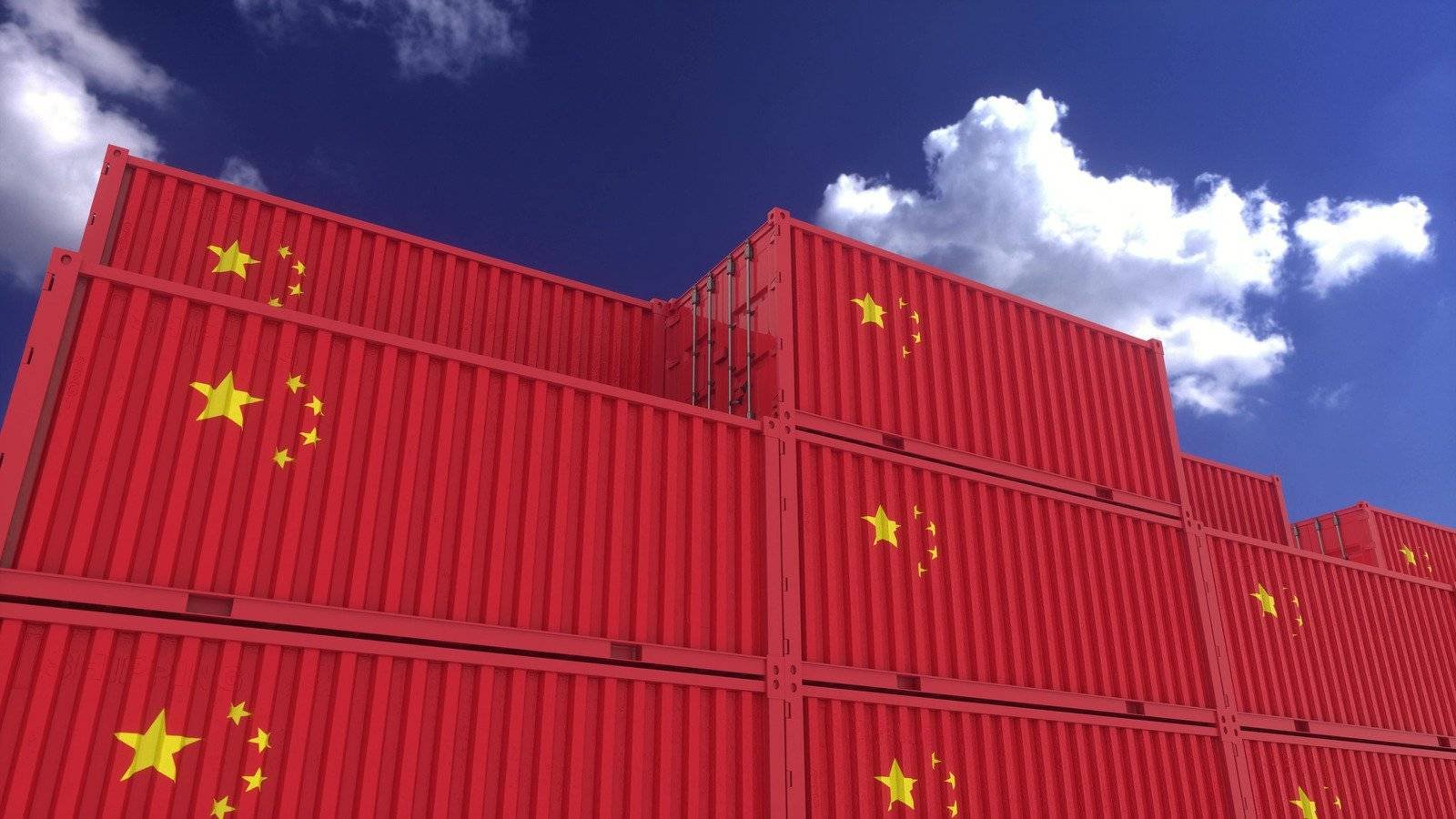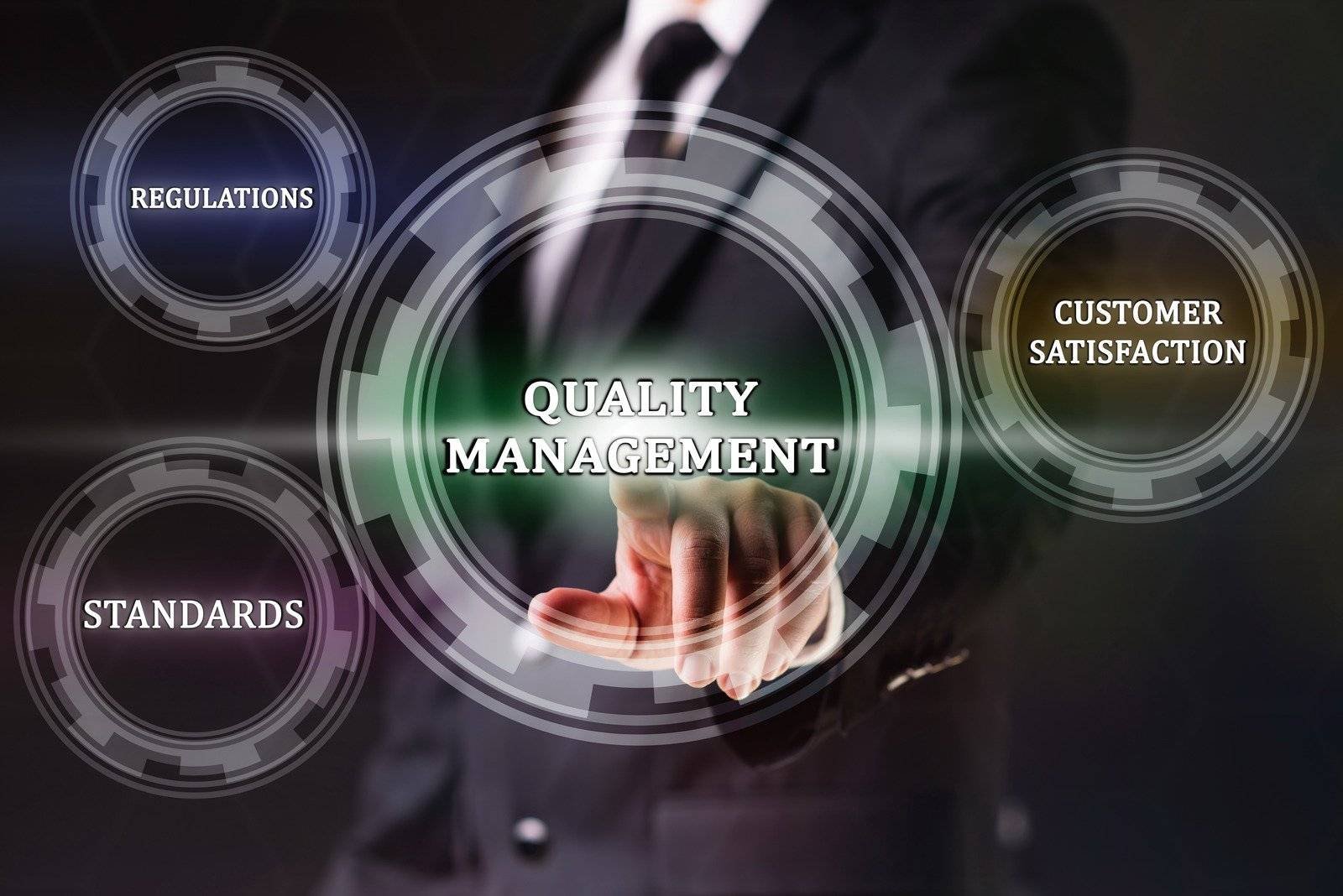
Diving into the world of importing CO2 laser cutters from China can feel like stepping into a maze. There’s excitement in potential savings, but also a whirlwind of challenges.
When importing Chinese CO2 laser cutters, buyers grapple with issues like quality inconsistency, communication hurdles, and shipping hiccups. To navigate these, they can meticulously vet suppliers, employ skilled translators, and collaborate with seasoned freight forwarders.
As someone who’s been through the wringer of international trade, I know these insights are just the tip of the iceberg. Picture this: I once spent weeks anxiously checking emails, hoping my supplier would finally confirm my order’s specs. It took hiring a professional translator to finally break the communication barrier. Next up, let’s dive deeper into these common hurdles and explore practical strategies that could make your importing journey smoother than mine was.
Quality variability is a common issue with Chinese CO2 laser cutters.True
Chinese CO2 laser cutters often have inconsistent quality due to varying manufacturing standards.
Using professional translators is unnecessary when importing from China.False
Professional translators help bridge communication gaps, ensuring clear understanding between buyers and suppliers.
How Can I Ensure Consistent Product Quality When Importing from China?
Have you ever felt the stress of ordering products from afar, wondering if they’ll meet your standards? Let’s explore how to ensure quality when importing from China.
To consistently ensure product quality when importing from China, I start by meticulously evaluating suppliers, requesting samples, and setting up solid quality control measures. Regular on-site inspections and clear communication with suppliers are key to maintaining the high standards I expect.

Thorough Supplier Evaluation
When I started importing, the first lesson I learned was that the supplier can make or break your experience. It’s like choosing a babysitter for your toddler—do you want just anyone watching them, or someone who comes highly recommended? So, I begin by diving deep into their reputation and certifications1. Platforms like Alibaba are my go-to for checking reviews and ratings. I always look for those with ISO certifications, as these are the golden stamps of international quality standards.
Table: Key Supplier Evaluation Criteria
| Criteria | Description |
|---|---|
| Certification | ISO 9001 or equivalent |
| Customer Reviews | Positive feedback and high ratings |
| Experience | Established history in the industry |
| Facility Inspections | On-site or virtual tours available |
Requesting Samples and Specifications
Before committing, I always request product samples. It’s like testing the waters before diving in headfirst. Holding the product in my hands allows me to judge its craftsmanship, durability, and functionality2. Sometimes, it’s a comparison game—I line up samples from different suppliers to find the best fit.
Implement Quality Control Measures
Having robust quality control measures in place is non-negotiable for me. I usually enlist third-party inspection services to audit products before they ship out. It’s like having an extra set of eyes ensuring everything meets my specifications.
Key Quality Control Strategies
- Pre-Production Inspection: Ensures raw materials meet my standards.
- During Production Check: Keeps tabs on consistency during manufacturing.
- Pre-Shipment Inspection: The final checkpoint before goods hit the road.
Clear Communication and Documentation
Communication is my lifeline, especially with language barriers that can turn simple requests into a game of broken telephone. I make sure all specs and agreements are clearly documented in English. Sometimes, a professional translator3 is worth their weight in gold.
Communication Tools
- B2B platforms with built-in translation features are my best friends.
- Every term gets confirmed in writing—product specs, delivery dates, payment terms—everything.
By embracing these strategies, I’ve managed to sidestep many pitfalls and ensure that the products I import always meet my quality expectations. Staying proactive helps me build a reliable supply chain and maintain a stellar reputation.
ISO certifications guarantee product quality.False
ISO certifications indicate adherence to standards, not guarantee quality.
Requesting samples helps verify product quality.True
Samples allow physical inspection of craftsmanship and functionality.
How Can I Overcome Language Barriers with Chinese Suppliers?
Navigating language barriers with Chinese suppliers can feel like tackling an obstacle course, but with the right strategies, you can turn hurdles into stepping stones.
To bridge language barriers with Chinese suppliers, I use professional translators, ensure all terms are documented, and leverage B2B platforms with translation tools. These methods help me prevent misunderstandings and foster better business relationships.

Utilize Professional Translation Services
Hiring a professional translator has been a game-changer for me. There was a time when I misinterpreted a contract clause, and it almost cost me a deal. Since then, having an expert who knows the ins and outs of both languages and cultures has saved me from countless headaches. This strategy is particularly crucial during negotiations or when discussing complex technical details. These experts understand cultural nuances and technical terms, reducing the risk of misinterpretation4.
Clarify Terms in Writing
I learned the hard way that verbal agreements often lead to misunderstandings. Now, I always ensure every specification and agreement is in writing. This practice not only helps avoid disputes but also sets clear expectations on both sides. I’ve found that detailed contracts covering product features, payment terms, and delivery schedules make all the difference in smooth transactions.
| Key Elements | Details |
|---|---|
| Product Features | Detailed specifications and requirements |
| Payment Terms | Installment schedules and methods |
| Delivery Schedules | Exact dates and timelines |
Using clear language and seeking confirmation from both parties can prevent misunderstandings5.
Leverage B2B Platforms
Platforms like Alibaba have been invaluable. They offer messaging systems with translation features that reduce language-related errors significantly. Plus, they provide a secure environment for conducting business transactions6, which gives me peace of mind.
Foster Personal Relationships
Building personal relationships with my suppliers has been one of the most rewarding aspects of my work. Regular visits or virtual meetings have helped us understand each other better. By appreciating cultural nuances and business etiquette, I’ve created a more cooperative and trusting atmosphere.
Use Visual Aids
When words fail, visuals come to the rescue. I’ve found that diagrams or videos can transcend language barriers by clearly demonstrating product functions or instructions. They’re particularly useful for explaining technical aspects that might otherwise get lost in translation7.
Professional translators reduce misinterpretations.True
Translators understand cultural nuances, improving communication accuracy.
B2B platforms lack translation features.False
Platforms like Alibaba offer built-in messaging with translation tools.
How can I effectively minimize shipping and customs delays?
Ever had that sinking feeling when a crucial shipment gets delayed, and you’re left with restless clients?
To minimize shipping and customs delays effectively, I recommend partnering with experienced freight forwarders, ensuring precise documentation, and leveraging technology for real-time tracking. Understanding local customs regulations and establishing clear communication channels can also significantly reduce potential delays.

Partner with Reliable Freight Forwarders
I remember my early days in logistics—choosing the right freight forwarder felt like picking a needle from a haystack. But here’s the secret: a seasoned freight forwarder can be your lifeline. They master the art of international shipping, manage daunting paperwork, and breeze through customs like seasoned travelers. It’s like having an experienced guide on a treacherous trail. The key is to find one who knows your industry as well as you know your own kitchen.
| Criteria | Considerations |
|---|---|
| Experience | Years in the industry; knowledge of specific routes8 |
| Industry Expertise | Familiarity with your product type |
| Global Network | Ability to handle shipments across regions |
Explore more about freight forwarders9
Accurate Documentation
Have you ever filled out a form only to realize you missed a critical detail? Shipping’s no different. A single typo can turn a straightforward shipment into a nightmare. Before you send anything off, double-check your documents. Picture this: commercial invoices, packing lists, and certificates of origin are your magic keys to hassle-free customs clearance. Keep a checklist handy—trust me, it’s saved me more than once.
- Key Documents:
- Commercial Invoice
- Packing List
- Certificate of Origin
Having a checklist for these documents can save time and avoid complications during customs clearance.
Utilize Technology for Real-Time Tracking
Gone are the days when shipments seemed to vanish into thin air. With modern technology, you can track your cargo’s every move. Think of it as having a GPS on your prized possessions. Real-time tracking not only keeps you informed but allows you to address any hiccups before they snowball into bigger issues.
- Tracking Tools:
- GPS-based tracking systems
- Alerts for customs clearance10 issues
Understand Local Customs Regulations
Navigating customs regulations feels like trying to solve a complex puzzle sometimes. Each country has its quirks, and knowing them is half the battle won. Familiarize yourself with tariffs, duties, and compliance requirements. Trust me, consulting a local expert is worth its weight in gold.
- Research:
- Tariffs and duties applicable
- Required compliance certificates
- Restricted or prohibited items list
Discover more about customs regulations11
Establish Clear Communication Channels
I’ve found that most shipping mishaps boil down to miscommunication. Setting up effective channels between all involved parties—from suppliers to logistics partners—can nip problems in the bud. Regular updates and having a plan B can make operations smoother than a freshly waxed floor.
- Communication Tools:
- Dedicated chat platforms for real-time discussions
- Scheduled calls to align on expectations and updates
Learn about effective communication strategies12
Incorporating these strategies can transform your shipping woes into success stories, ensuring timely deliveries and happy customers. Stay proactive, keep up with regulation changes, and foster strong relationships with all logistics partners. It’s all about playing smart, not just hard.
Experienced freight forwarders reduce shipping delays.True
Freight forwarders with industry experience efficiently manage logistics.
Ignoring local customs regulations avoids shipping delays.False
Understanding customs regulations is crucial to prevent shipment issues.
How Can You Master After-Sales Support and Spare Parts Availability?
When it comes to keeping customers happy, after-sales support and spare parts availability are game-changers. But what’s the secret to getting it right?
To ensure effective after-sales support and spare parts availability, businesses should offer clear warranty terms, have a dedicated support team, keep essential parts in stock, and build strong supplier relationships.

Clear Warranty Terms
Imagine buying a product and the warranty terms are as clear as mud. Not fun, right? That’s why it’s important to establish clear and comprehensive warranty terms. A well-defined warranty agreement13 covers parts and labor, which helps reduce misunderstandings. Offering a reasonable warranty period, say 1-2 years, gives customers confidence in your product’s reliability.
Dedicated Support Team
A support team that’s on the ball is worth its weight in gold. I’ve had customers from various parts of the world, and having a multilingual team or access to translation services has been a lifesaver. It bridges communication gaps and makes sure that no customer feels left in the dark, enhancing customer satisfaction14.
Inventory Management
I can still recall the panic of not having a critical part in stock when a customer needed it urgently. That experience taught me the importance of maintaining a strategic inventory of essential spare parts. Implementing a robust inventory management system helps track stock levels and predict future needs based on past data.
| Part Type | Suggested Stock Level |
|---|---|
| Laser Tubes | 10 units |
| Lenses & Mirrors | 20 units each |
| Cooling Systems | 5 units |
Supplier Relationships
Strong relationships with suppliers are like the secret sauce for ensuring quality spare parts availability. Regular audits of supplier facilities and processes help maintain consistent product quality15.
Leveraging Technology
Technology is my best friend when it comes to streamlining after-sales processes. CRM systems help track customer interactions, manage service requests, and schedule maintenance efficiently. Data analytics tools also aid in forecasting demand for spare parts, optimizing stock levels, and preventing shortages.
Customer Feedback Loop
Creating a feedback loop lets us continuously improve our after-sales services. Gathering customer insights helps identify areas for enhancement and anticipate potential issues before they escalate.
Training and Documentation
Providing comprehensive user manuals and training resources empowers customers to perform basic troubleshooting independently. Virtual tutorials or webinars can further enhance their understanding of the product.
These strategies are integral to ensuring that after-sales support and spare parts availability not only meet customer expectations but also foster trust and long-term loyalty. It’s about making sure our customers know we’ve got their backs every step of the way.
A warranty period of 1-2 years is standard for reliability.True
Most products offer a 1-2 year warranty, assuring reliability.
Supplier audits are unnecessary for maintaining product quality.False
Regular supplier audits ensure consistent quality of spare parts.
Conclusion
Importing Chinese CO2 laser cutters presents challenges like quality inconsistency, communication barriers, and shipping delays. Buyers can overcome these by vetting suppliers, using translators, and partnering with freight forwarders.
-
Understanding ISO certification helps ensure suppliers adhere to international quality standards. ↩
-
Sampling ensures the product meets your standards before large orders, preventing costly mistakes. ↩
-
Professional translators help prevent misunderstandings, ensuring clear communication with suppliers. ↩
-
Discover how professional translators can ensure clear communication by understanding both language and cultural nuances. ↩
-
Learn why documenting agreements can prevent disputes and ensure clear expectations between parties. ↩
-
Explore how Alibaba’s messaging system facilitates communication with translation tools and secure transactions. ↩
-
Find out how visual aids can effectively communicate complex ideas across language differences. ↩
-
Find a trusted freight forwarder that specializes in international routes to help manage logistics effectively. ↩
-
Learn criteria for selecting an efficient freight forwarder to improve shipping operations. ↩
-
Explore tools that provide real-time updates on shipment status to prevent delays. ↩
-
Gain insights into customs regulations to avoid unexpected shipping delays. ↩
-
Discover ways to enhance communication across your supply chain to minimize disruptions. ↩
-
Learn how to create clear, comprehensive warranty terms to enhance customer trust and satisfaction. ↩
-
Discover strategies to improve your customer support team’s efficiency and responsiveness. ↩
-
Gain insights into auditing supplier facilities to ensure product quality and reliability. ↩



